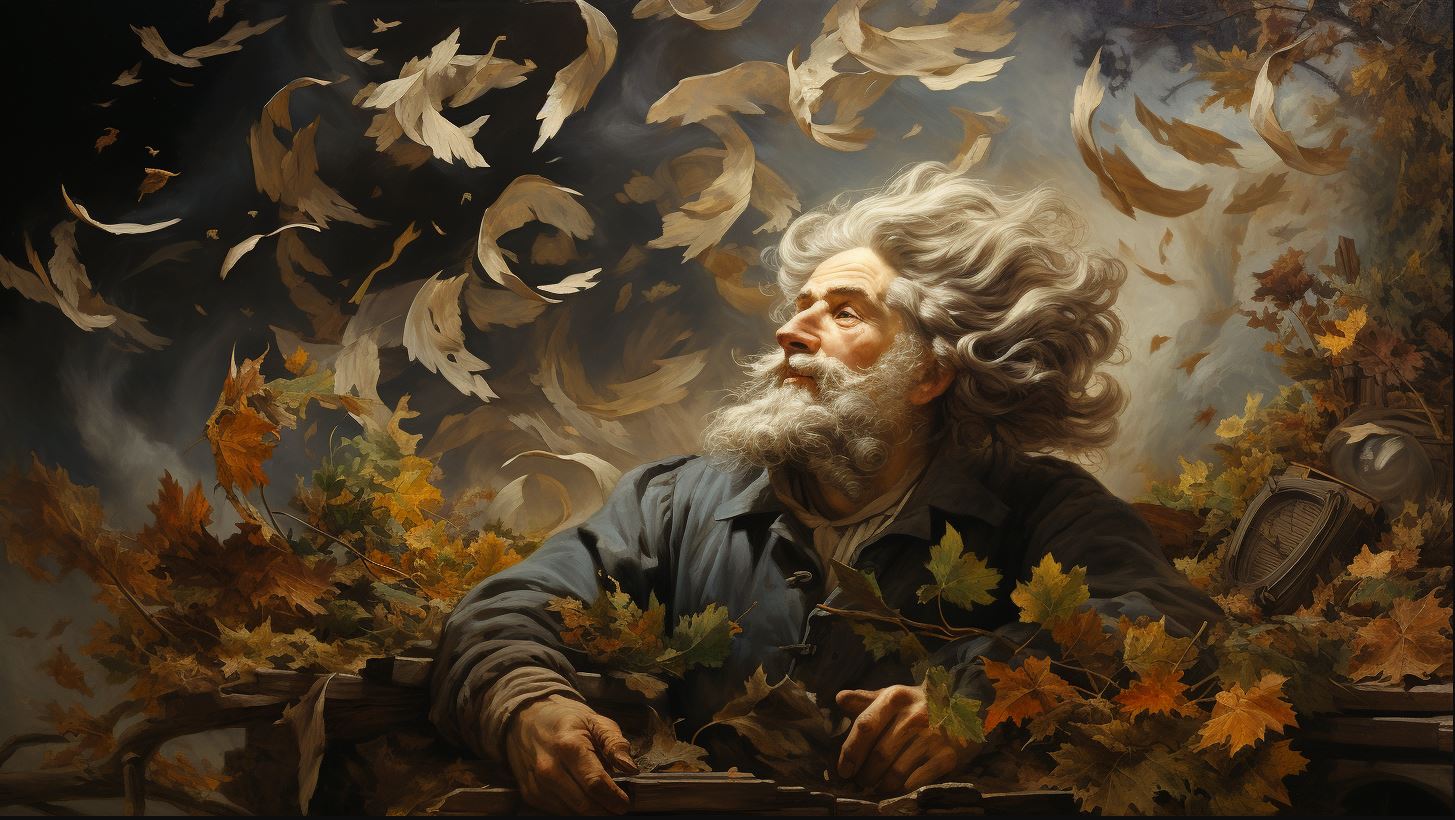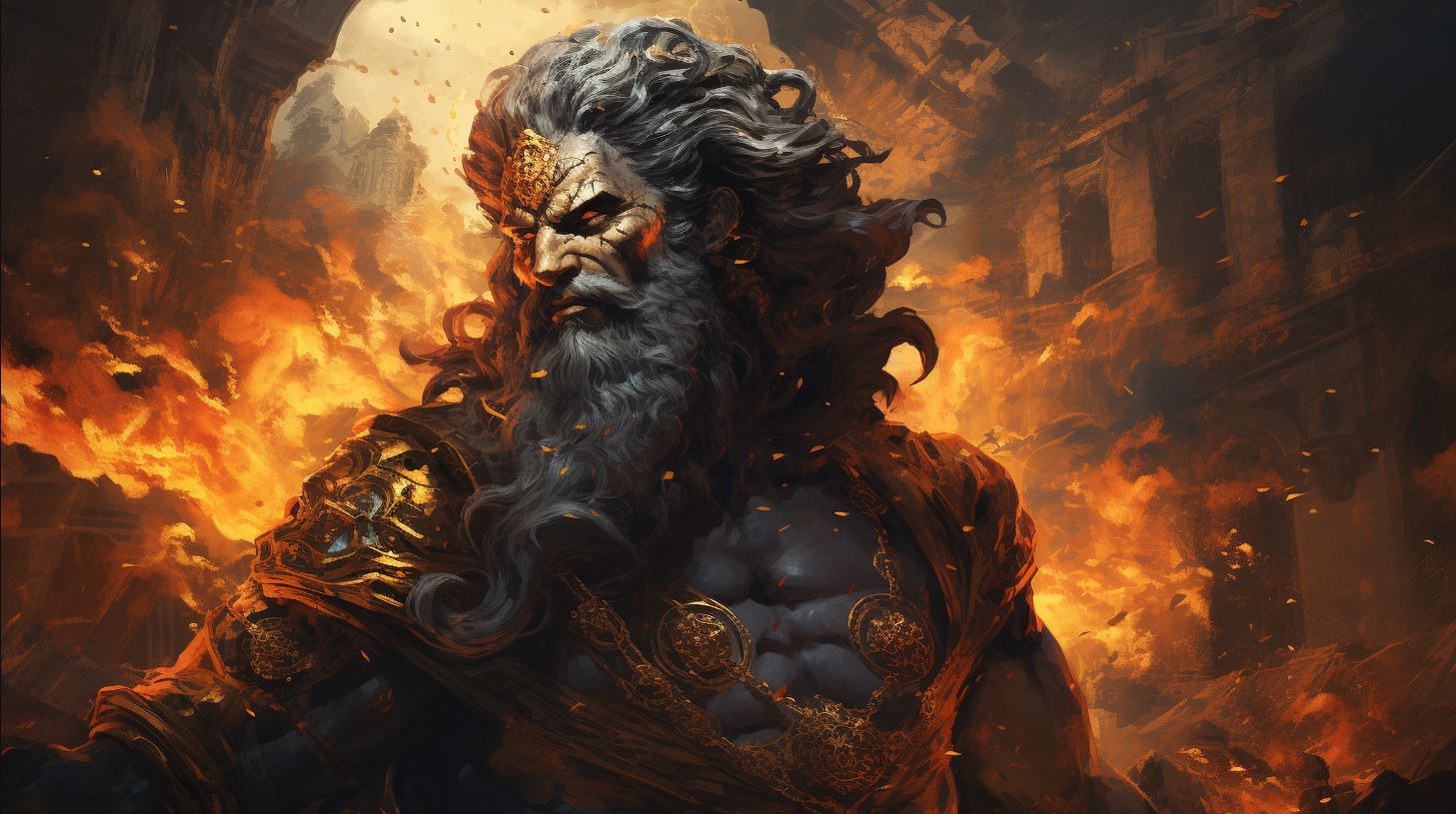Baga God: Unveiling the Mysteries and Rich Cultural Traditions of the Baga People in the United States

Baga god holds significant meaning and cultural importance. Originating from an ancient Iranian term, ‘Baga’ can refer to a specific deity or have various interpretations. In Hinduism, Bhaga, one of the 12 Adityas, represents wealth and good fortune.
Baga masks, divided into specific functions, are revered in Guinea, used exclusively in circumcision ceremonies by initiated men. Alongside masks, other artifacts like ceremonial axes, statues, and fetishes highlight the rich artistic tradition and cultural practices of the Baga people.
Baga god continues to resonate in texts, cities, and among individuals, reflecting its global presence and relevance.
Exploring the Meaning and Origins of ‘Baga God’
The term ‘Baga’ holds historical and cultural significance, with origins rooted in ancient Iranian language. It can refer to a specific god or hold various meanings in different contexts. To understand its historical context, we delve into the origins of the term ‘Baga’ and its evolution over time.
Additionally, we explore the intriguing connection between ‘Baga’ and Hinduism, specifically focusing on Bhaga, the god associated with wealth and fortune.
The Historical Context of the Term ‘Baga’
In our exploration of ‘Baga God,’ it becomes important to understand the historical context surrounding the term ‘Baga’. Originating from ancient Iranian language, ‘Baga’ has traversed time and cultures, taking on different interpretations and meanings throughout history.
By examining its historical context, we gain insight into the cultural roots and evolution of the term, setting the stage for a deeper exploration of ‘Baga God’.
Exploring the Hindu Connection: Bhaga, the God of Wealth and Fortune
Within Hindu mythology, Bhaga emerges as one of the 12 Adityas, the solar deities associated with different aspects of life.
Bhaga, in particular, represents wealth and fortune. Depicted as a youthful god holding a golden vessel overflowing with coins, Bhaga symbolizes abundance and prosperity. Through an exploration of the Hindu connection to ‘Baga God,’ we unravel the spiritual significance and divine attributes attributed to Bhaga, shedding light on the multifaceted nature of ‘Baga God’ within Hinduism.
Unveiling the Cultural Significance of Baga Masks in Guinea
The Baga masks in Guinea hold immense cultural significance, serving specific functions within the community. These masks are an integral part of esoteric rituals and ceremonies, carrying deep symbolic meanings.
The Esoteric Function of Baga Masks
The Baga masks are not mere decorative artifacts; they hold a profound esoteric purpose.
These masks are believed to embody ancestral spirits and serve as a medium for communication between the human and spiritual realms. They are revered as sacred objects representing the presence and power of supernatural forces within Baga culture.
Ritual Ceremonies and Initiation of Baga Men
The use of Baga masks is closely intertwined with ritual ceremonies and the initiation of Baga men. Every 24 years, a significant circumcision ceremony takes place where men are initiated into adulthood and acquire knowledge of their cultural traditions.
It is during these ceremonies that Baga masks play a crucial role, symbolizing the transition from adolescence to adulthood and connecting the initiates with their ancestral heritage.
Other Artifacts and Symbols Associated with Baga Culture
Beyond the masks, Baga culture encompasses various other artifacts and symbols that contribute to its rich heritage.
Objects such as ceremonial axes, statues, fetishes, and taburetes hold symbolic meanings and are used in diverse ceremonies and festivals. Each artifact carries unique significance, representing the cultural motifs, spiritual beliefs, and artistic prowess of the Baga people.
Through these masks and other associated artifacts, the cultural traditions and practices of the Baga people are brought to life, preserving their heritage and offering insights into their sacred rituals and beliefs.
The Artistry and Symbolism of Baga Artifacts
The artistry and symbolism of Baga artifacts reflect the rich cultural heritage and traditions of the Baga people. These pieces not only showcase exceptional craftsmanship but also hold profound meaning within their context.
From intricate carvings to unique designs, Baga art captures the essence of their beliefs and customs.
Appreciating the Craftsmanship of Baga Art
The craftsmanship displayed in Baga artifacts is a testament to the skill and dedication of the Baga artisans. Every piece is meticulously crafted, exhibiting a high level of attention to detail and precision.
The use of different materials, such as wood, metal, and textiles, adds depth and complexity to the artwork.
Baga artisans employ various techniques like carving, sculpting, and weaving to create stunning masterpieces.
The careful selection of materials and the intricate execution of these techniques result in visually captivating artifacts that command admiration and respect.
Decoding Symbolism: Significance of Baga Objects
Baga objects carry deep symbolism that is integral to the Baga culture and belief system. Each artifact holds specific meanings and conveys important messages tied to various aspects of life, spirituality, and traditions.
For example, the masks intricately carved with specific features represent both ancestral spirits and the power of the Baga god. These masks are not merely decorative; they serve as conduits between the spiritual and physical realms, connecting the Baga community with their ancestors and deities.
The choice of symbols, patterns, and motifs in Baga artifacts often represents concepts like fertility, prosperity, protection, and ancestral lineage. These symbols serve as visual metaphors, allowing the Baga people to communicate and express their beliefs and aspirations through their art.
Preserving Baga Traditions in a Modern Context
As Baga society evolves and adapts to modern times, there is an increasing awareness of the importance of preserving their cultural heritage. Efforts are being made to protect and promote Baga art and traditions in a contemporary context.
Art exhibitions, cultural festivals, and educational programs aim to showcase the beauty and significance of Baga artifacts to a wider audience. By sharing their artistic traditions, the Baga people hope to foster a deeper understanding and appreciation for their culture.
Preservation initiatives also involve engaging with Baga artisans to ensure their skills and knowledge are passed down to future generations. By supporting these artisans and providing them with opportunities to showcase their talent, the Baga community strives to keep their traditions alive.
Ultimately, the artistry and symbolism of Baga artifacts not only connect the past with the present but also serve as a powerful reminder of the cultural richness and diversity of the Baga people.
Exploring the Contemporary Presence of ‘Baga God’
As we delve into the contemporary presence of ‘Baga God’, it becomes evident that the divine entity holds significance in various texts and contexts. The mention of ‘Baga God’ can be found in ancient scriptures, religious literature, and cultural references, reflecting the enduring impact and reverence associated with this deity.
From ancient mythological tales to modern interpretations, the presence of ‘Baga God’ transcends time and connects with believers and enthusiasts.
Baga God in Various Texts and Contexts
Across different texts and literary works, the mention of ‘Baga God’ serves as a testament to its cultural relevance and importance. Whether it be traditional folklore, historical accounts, or religious scriptures, references to ‘Baga God’ can be found, shedding light on its place within the narrative and belief system of different cultures and communities.
Exploring these texts provides valuable insights into the diverse interpretations and significance attributed to ‘Baga God’ over the years.
Baga God in the Lives of People and Cities
‘Baga God’ has not only left its mark in ancient texts but also in the lives of individuals and cities. Devotees and followers of ‘Baga God’ can be found across different regions, embracing their faith and incorporating it into their daily lives.
Moreover, certain cities have become centers for the worship and celebration of ‘Baga God,’ hosting religious festivals and gatherings that commemorate the deity’s blessings and influence. These vibrant communities showcase the deep-rooted connection between ‘Baga God’ and the people who honor its presence.
Contextualizing ‘Baga God’ in a Global Society
As we exist in a globalized world, understanding the presence of ‘Baga God’ within a broader cultural context becomes crucial. The influence of ‘Baga God’ extends beyond limited boundaries, resonating with individuals from different backgrounds and belief systems.
Through cultural exchange, globalization, and migration, ‘Baga God’ has found its way into various societies around the world, creating a global network of followers who find inspiration and spiritual connection in the deity.
This globalization of ‘Baga God’ reinforces the universality of its teachings and the power of its symbolism.
.



















